- Over 1 million successful rentals
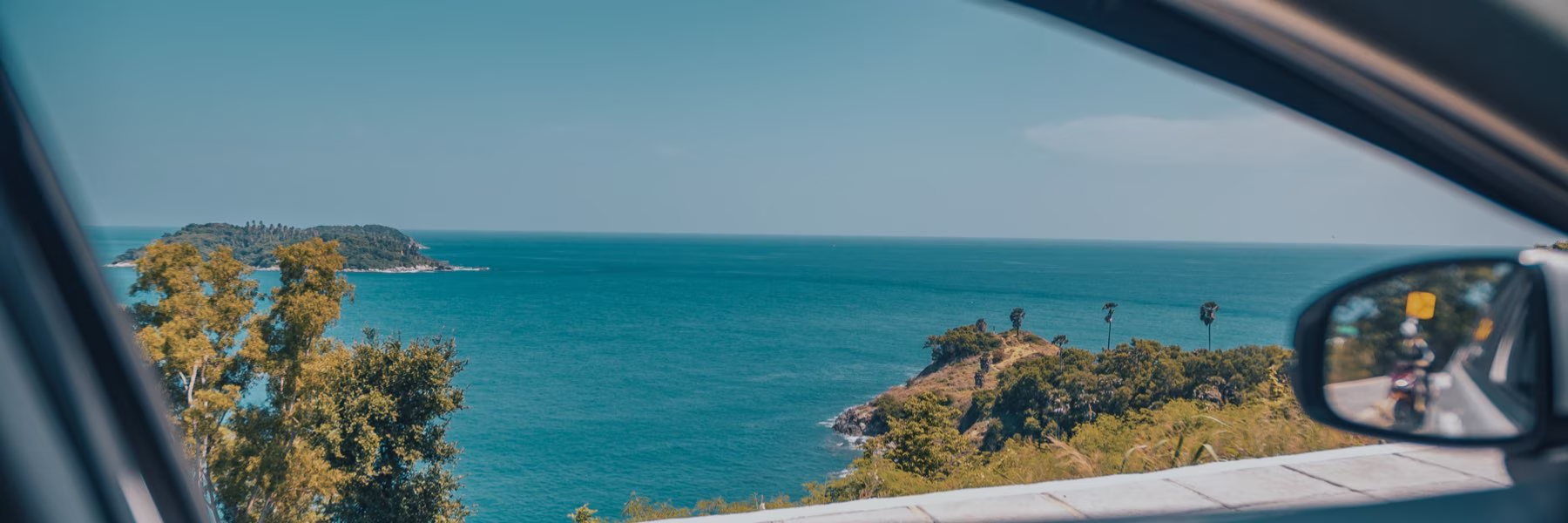
Car Hire Suriname
Save time and money. We compare the offers of car rental companies in Suriname on your behalf.
- Free cancellation Up to 48 hours prior to the scheduled pick-up time
- Best price guarantee Have you found a better price? Let us know and we will make you a better offer.
- 24000+ pick-up locations Locations around the world

Compare Car Hire
Carrentals.co.uk offers simple and straightforward car hire comparison services. We don't add a penny to your quotes!
Car rental offers in Suriname
Whether you're looking for a small rental car or a station wagon for the entire family, we will always have a suitable vehicle at the lowest price. Below are some examples from our selection in Suriname.
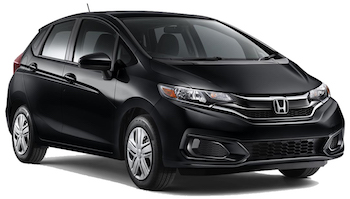
-
Europcar From£ 29 /day

-
Europcar From£ 33 /day -
Alamo From£ 37 /day

-
Europcar From£ 35 /day
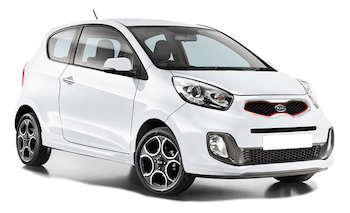
-
Alamo From£ 37 /day

-
Europcar From£ 42 /day -
Alamo From£ 42 /day

-
Alamo From£ 43 /day
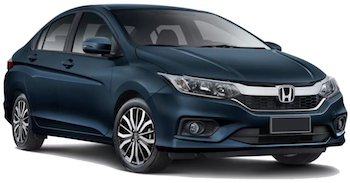
-
Europcar From£ 31 /day -
Alamo From£ 36 /day -
Enterprise From£ 38 /day

-
Enterprise From£ 37 /day -
Alamo From£ 48 /day

-
Europcar From£ 38 /day -
Alamo From£ 42 /day -
Enterprise From£ 43 /day

-
Alamo From£ 38 /day

-
Alamo From£ 43 /day
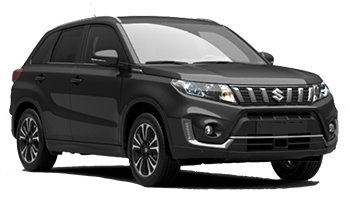
-
Alamo From£ 42 /day -
Enterprise From£ 45 /day

-
Alamo From£ 47 /day -
Enterprise From£ 50 /day
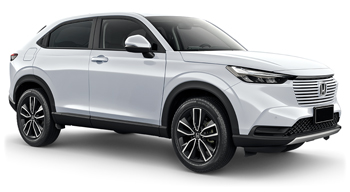
-
Europcar From£ 49 /day

-
Europcar From£ 56 /day

-
Alamo From£ 37 /day -
Enterprise From£ 38 /day -
Europcar From£ 43 /day

-
Enterprise From£ 38 /day

-
Alamo From£ 42 /day -
Enterprise From£ 44 /day -
Europcar From£ 51 /day
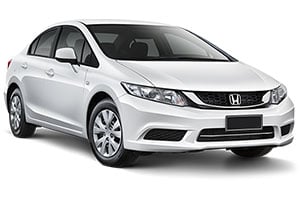
-
Alamo From£ 39 /day

-
Alamo From£ 45 /day
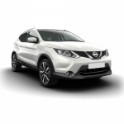
-
Alamo From£ 51 /day -
Enterprise From£ 53 /day
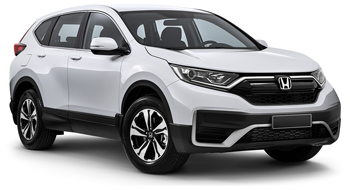
-
Alamo From£ 56 /day

-
Alamo From£ 52 /day
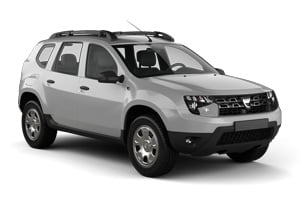
-
Alamo From£ 52 /day -
Enterprise From£ 52 /day

-
Europcar From£ 53 /day

-
Alamo From£ 55 /day -
Enterprise From£ 56 /day

-
Alamo From£ 60 /day -
Enterprise From£ 61 /day
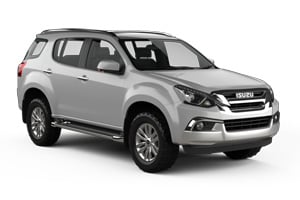
-
Alamo From£ 58 /day
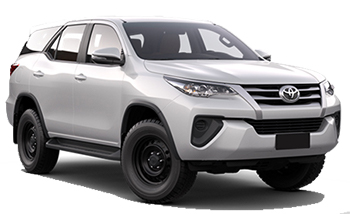
-
Enterprise From£ 58 /day

-
Europcar From£ 62 /day
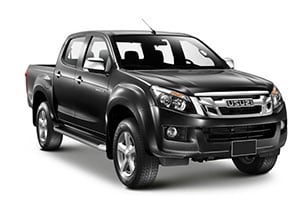
-
Alamo From£ 60 /day

-
Alamo From£ 62 /day

-
Enterprise From£ 63 /day
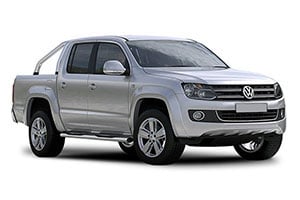
-
Europcar From£ 53 /day -
Alamo From£ 60 /day -
Enterprise From£ 61 /day

-
Europcar From£ 62 /day -
Alamo From£ 65 /day -
Enterprise From£ 67 /day

-
Alamo From£ 42 /day -
Enterprise From£ 45 /day

-
Alamo From£ 47 /day -
Enterprise From£ 50 /day

-
Europcar From£ 49 /day

-
Alamo From£ 51 /day -
Enterprise From£ 53 /day

-
Europcar From£ 56 /day

-
Alamo From£ 52 /day

-
Alamo From£ 52 /day -
Enterprise From£ 52 /day

-
Alamo From£ 56 /day

-
Europcar From£ 53 /day

When to book a rental car in Suriname
Suriname - When is the most affordable time to rent a mini class car?
At this destination (Suriname), July is the most affordable time to rent a mini class car with an average daily rate of
Suriname - When is the most affordable time to rent a economy class car?
At this destination (Suriname), December is the most affordable time to rent a economy class car with an average daily rate of
Suriname - When is the most affordable time to rent a compact class car?
At this destination (Suriname), December is the most affordable time to rent a compact class car with an average daily rate of
Suriname - When is the most affordable time to rent an intermediate class car?
At this destination (Suriname), December is the most affordable time to rent a intermediate class car with an average daily rate of
Suriname - When is the most affordable time to rent a standard class car?
At this destination (Suriname), December is the most affordable time to rent a standard class car with an average daily rate of
Suriname - When is the most affordable time to rent a full-size car?
At this destination (Suriname), December is the most affordable time to rent a full-size class car with an average daily rate of
Suriname - When is the most affordable time to rent a SUV?
At this destination (Suriname), December is the most affordable time to rent an SUV with an average daily rate of
Suriname - When is the most affordable time to rent a minivan?
At this destination (Suriname), May is the most affordable time to rent a minibus with an average daily rate of
Car rental locations in Suriname
Carrentals.co.uk compares rental car prices at the following destinations

Suriname Guide
Suriname is best explored by rental car. Carrentals.co.uk has over 2 pick-up locations in Suriname. This means there is always a pick-up location close to your destination.
Most popular car hire locations in Suriname
Driving
Suriname is an extremely beautiful country, with the Amazon rainforest to the south, the Atlantic Ocean to the north and the historical capital city of Paramaribo on the Suriname River. See waterfalls, plantations, colonial architecture and unique flora and fauna in this magnificent South American country. Its 2,675 miles of road make it easy to explore the Atlantic beaches, discover the Surinamese rainforest and visit the 17th century ruins at Jodensavanne by car.
Driving Tips for Suriname
The two paved Oost-Westverbinding (East-West Link) routes that cut across the country make it easy to explore by car. Smaller routes, however, are unpaved and require a four-wheel drive vehicle. Road signs are infrequent, but there are so few roads they are not really necessary.
Driving licences: UK drivers are required to hold an International Driving Permit to drive here, which must be accompanied by a UK driving licence.
Which side does Suriname drive on: the left-hand side.
Speed limits:
Motorways: 55mph (90kph)
Rural areas: 31-37mph (50-60kph)
Built-up areas: 24mph (40kph)
Alcohol limits: 0.05 per cent compared with the 0.08 per cent limit in the UK, with random police checkpoints and breathalyser tests. If over this limit, expect to pay a fine.
Driving age: 18 years.
Seatbelts: all occupants must wear a seatbelt at all times. Child restraints are mandatory for young children.
Mobile phones and GPS: it is illegal to drive while using a mobile phone, but with a phone with a hands-free system is allowed. GPS can be used but is not necessary as there are few roads.
Cost of fuel in Suriname: more than most other countries in the region but still considerably cheaper than in the UK.
Car hire and fuel payment: credit cards are rarely accepted at petrol stations, so it is important to always carry cash. On the other hand, credit cards are useful for car hire.
Insurance: car hire includes third-party insurance but additional insurance is recommended.
Traffic and parking: the main Oost-Westverbinding sometimes suffers from traffic problems due to animals or farm vehicles on the road. Many hotels have car parks and there are paid parking lots in Paramaribo. On-street parking is common elsewhere.
Transport
Trains
Suriname has 103 miles of single-track railways; however, there are currently no passenger trains running here.
Taxis
Shared taxis run along both the north and south East-West Link routes though they can be expensive. Still, they are fast and comfortable, and charge a fixed rate per seat. Regular taxis can be found in Paramaribo and also charge a fixed rate. Fares between Paramaribo and the eastern city of Albina, a distance of 150kms, average at £8 by minibus, £12 by shared taxi and £50 by private taxi.
Buses
Buses travel to the Suriname border from Georgetown (Guyana) and Cayenne (French Guiana) but terminate at the Corantijn and Marowijne rivers. Fares from both French Guiana and Guyana are about £6. Travelling by bus (jumbo) within the country is an inexpensive way to travel along the coast, but few buses travel away from this route. To arrive at destinations away from the coast one must hire a private minibus, which can be done through Rudy Baldew. Paramaribo offers privately owned, inner-city buses, but these vehicles do not run on specific schedules.
Ferries
Small boats and ferries cross the Nickerie River from Guyana and the Marowijne River from French Guiana, with fares of around £2. Boats also cross the Coppename and Suriname rivers, and travel along them into the rainforest.
Airports
Entry is primarily via Johan Adolf Pengel International Airport, which sits 28 miles (45kms) south of Paramaribo. Taxis and buses run from the airport into the city, with taxi fares of around £15 and bus fares of £8.50. Farther from Paramaribo is Zorg-en-Hoop Airfield, a small airfield that serves flights to Guyana. Carriers Bluewing Airlines and Gumair offer domestic links to the interior.
Explore
Exploring Suriname
Nearly all visitors begin their Suriname journey in Paramaribo, the capital and the most interesting city in the country in terms of historical sites. This is where most of the country’s famous landmarks can be found, including the Hindu temple of Arya Dewaker, the Suriname Mosque, the Neveh Shalom Synagogue and St Peter and St Paul Cathedral.
To the east across the Suriname River is the Commewijne District. Here, visitors can see old colonial forts, 17th century plantations and sleepy coastal villages.
The massive Central Suriname National Reserve has some of the most fascinating ecosystems on the planet and is home to the country’s highest mountains. It is covered in tropical rainforest, filled with granite domes and houses some magnificent plant species.
The Maroeijine District in the far southeast is home to leatherback sea turtles and offers visitors a few small beaches to relax on, although the turtles are the main draw.
In the Surinamese rainforest, visitors will find the Brokopondo Reserve, which features one of the world’s largest manmade lakes. There are also several waterfalls nearby as well as some magnificent wildlife and vegetation.
The less visited Kabalebo Nature Resort is in an unspoilt area in the west of the country that is completely uninhabited. Here, visitors can watch monkeys play, see parrots and spot jaguars run through the rainforest.
Weather
Suriname has a hot and tropical climate due to its close proximity to the equator. Temperatures do not change much year round, with the annual temperature sitting between 29°C and 36°C. There are two wet seasons and two dry seasons, with May and June being the wettest months and September and October being the driest months. Still, it generally rains throughout the year.
Practical information
-
CurrencySurinamese dollar
-
LanguageDutch
-
Popular car categoryEconomy
What most people want to know
The following questions and answers are a selection of the most popular questions. If you do not find the answer to your question, have a look at the Frequently Asked Questions page or contact us.
- Alamo
- Enterprise
- Avis
- Budget
- Europcar
- National Car Rental
- Hertz
- NÜ Car Rentals
- ACE Rent A Car